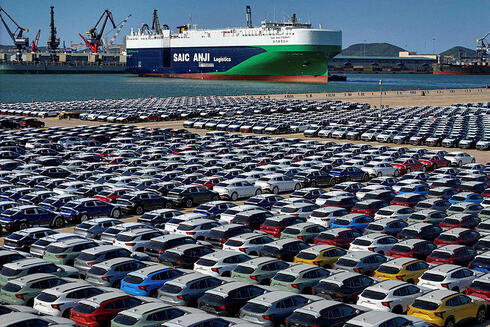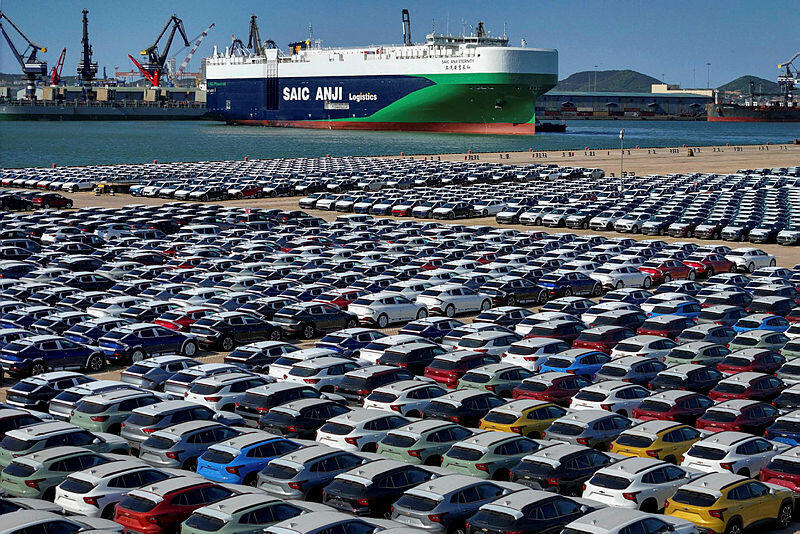
The next auto war: China vs. Europe
Why Beijing's pollution tariffs are more about power than the planet.
Last week, the Chinese government notified German car manufacturers, including Audi, Mercedes-Benz, and Porsche, of its intention to impose "pollution protection tariffs" on European automakers. Beijing's guiding principle is that while the Chinese drive clean, advanced electric vehicles, Westerners continue to pollute.
However, the motivation behind this move is not concern for the health of residents. It is a retaliatory measure in response to the protective tariffs that the European Union has already imposed on Chinese manufacturers, fearing the flooding of the European market with Chinese cars. The European tariff is determined by the amount of what Europe views as unfair subsidies that Chinese manufacturers receive from their government, subsidies that have turned China’s technological advantage into a threat to the competitiveness of European industry.
In response, the Chinese are pursuing two strategies: an appeal to the World Trade Organization (WTO) and preparations for launching factories in Europe. For example, BYD is already preparing to lay cornerstones in Turkey and Hungary. Meanwhile, on the other side of the world, a similarly problematic situation is unfolding: last week, Canada—where no Chinese cars are currently sold—announced the imposition of 100% protective tariffs on Chinese vehicles. Canada is acting under pressure from the United States, which has already imposed a 100% tax on Chinese cars. Despite these challenges, the Chinese are not panicking. BYD has announced plans to establish a factory in Mexico, and other manufacturers are preparing to set up factories in South America.
The strategy of the Chinese car industry may seem aggressive, but it mirrors what the Japanese did in the 1960s and the Koreans in the 1980s. Initially, they faced prejudice and protective tariffs, but eventually, they established local factories that paved the way for their products' acceptance.
How strong are Chinese car manufacturers? They are on their way to becoming the most powerful in the world, even without significant sales in Western markets. According to CAAM, the umbrella organization of automobile manufacturers in China, 30.1 million vehicles were produced in the country last year. According to CPCA, the Chinese Automobile Manufacturers Association, 5.2 million of these were exported. Japan exported 5.9 million cars in 2023, making it the largest car exporter globally. However, China’s exports are still in their infancy, and its manufacturers are at the stage where Hyundai was in the 1970s when it first decided to export to South America.
Are Chinese car manufacturers a threat to established companies? The answer is yes, very much so. The differences lie in mentality and technology. Manufacturers in the West, Japan, and Korea are slow-moving entities. In contrast, the Chinese treat cars as mass-consumption products, akin to items on "AliExpress."
For example, Hyundai recently unveiled a new version of its electric flagship, the Ioniq 3, which took three years to develop with a larger battery. BYD, on the other hand, introduced the SEAL two years ago, and about a month ago, it already released a new version of the SEAL. Recent reports from China indicate that the public is frustrated with Zeekr (which is also marketed in Israel) because the manufacturer doesn’t wait even a year between significant upgrades, making previous models obsolete overnight. The world is moving towards an electric, technologically advanced, and frequently updated market. The Chinese have been leading this trend for nearly three years and are just waiting to break into the West. When that happens, the traditional manufacturers will face a serious challenge.














